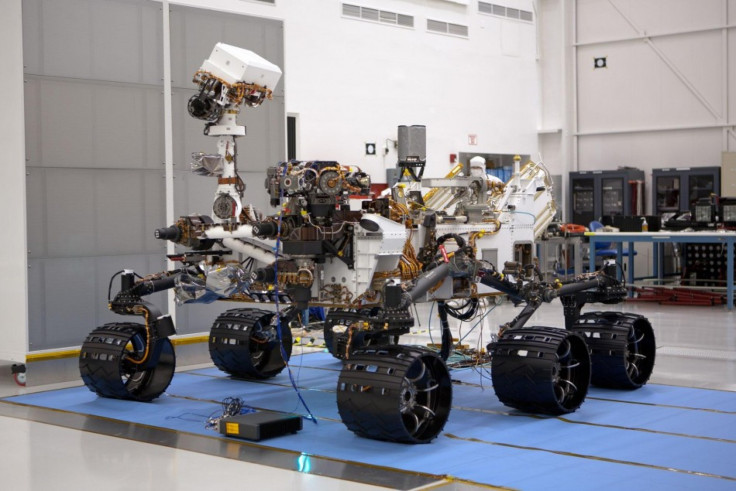NASA Braces for Deep Space Exploration Post-Shuttle Atlantis

After the landing of Space Shuttle Atlantis, NASA is bracing for its future in deep space exploration.
The space shuttle program, which ended with Atlantis, focused on the low earth orbit, or space within 2,000 kilometers from the earth’s surface. Now, NASA wants to go farther.
President Barack Obama said he wants a crew to venture beyond the moon into deep space by 2025. By the mid 2030s, he wants astronauts to orbit Mars. After that, he wants astronauts to land on Mars.
Obama said deep space exploration can “serve our society in ways that we can scarcely imagine.” This sentiment is echoed by many NASA supporters, which is that the practical use of NASA programs will sometimes only become evident after the fact.
Of the known and expected benefits of space exploration, Obama cited better understanding of the earth’s climate and other characteristic and possibly harnessing resources from outer space.
Obama explained that NASA will not focus on low earth orbit because it needs to concentrate resources to explore new frontiers. It will also not visit the moon again because “we’ve been there before.”
“The bottom line is nobody is more committed to manned space flight, to human exploration of space than I am. But we’ve got to do it in a smart way, and we can’t just keep on doing the same old things that we’ve been doing,” he said.
NASA has already begun to lay the foundation for manned deep space exploration. Spacecraft Dawn, for example, is currently orbiting and collecting information on asteroid Vesta that will be used to help launch astronauts to an asteroid by 2025, said NASA administrator Charles Bolden.
Furthermore, the technologies developed for Dawn that enabled it for its multi-year and multi-celestial body mission will likely be patterned for deep space exploration vehicles in the future.
NASA also recently chose the landing location for Mars Rover Curiosity, whose 2-year mission will start August 2012. One of its objectives is to collect data to prepare for an eventual astronaut landing.
© Copyright IBTimes 2025. All rights reserved.





















